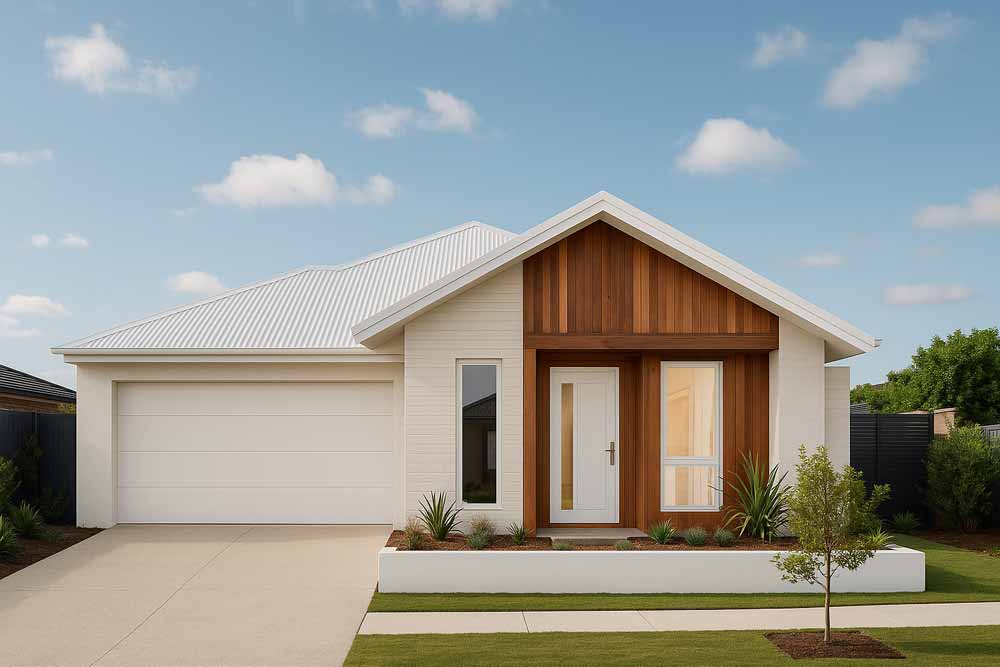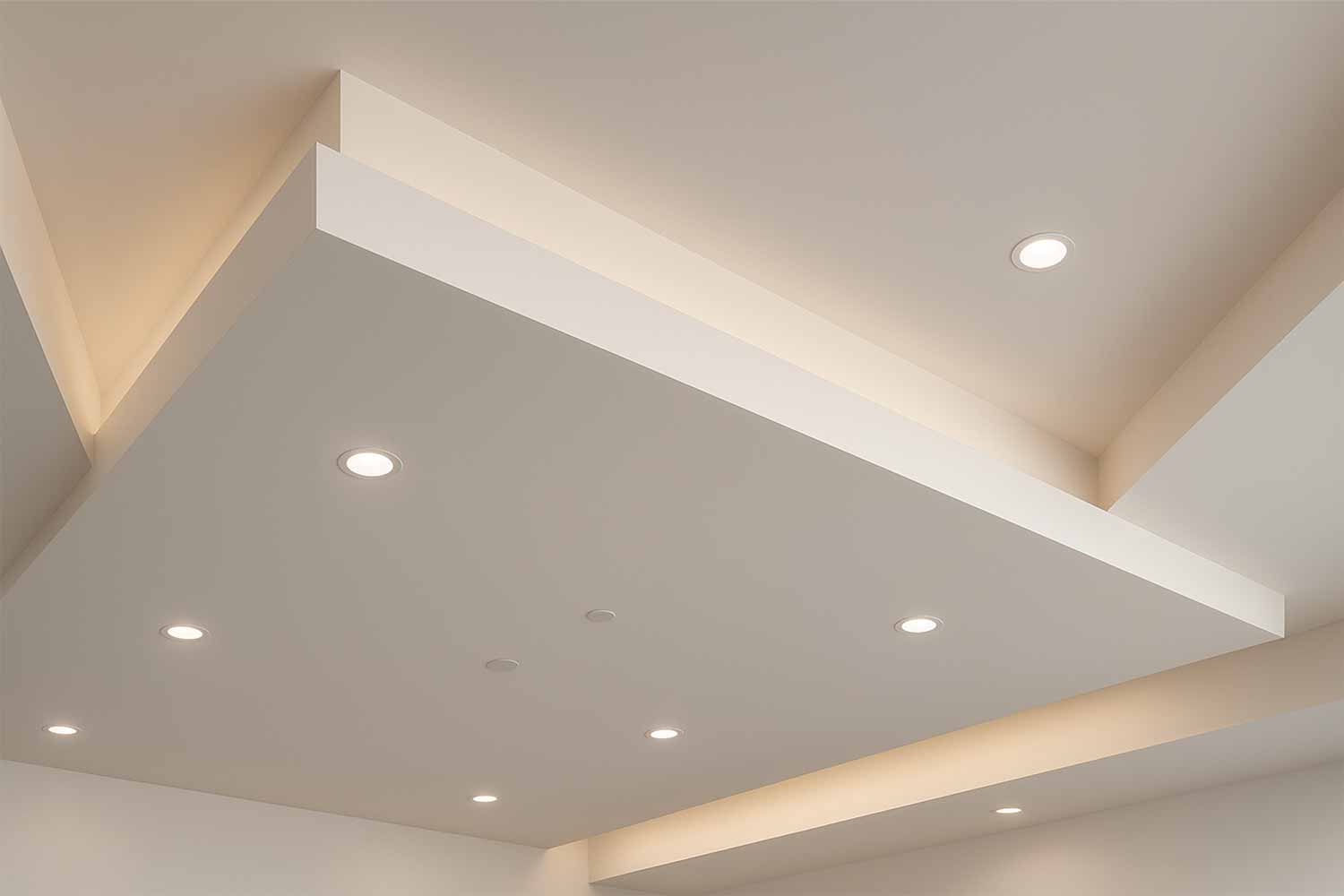Australian building and construction standards provide the framework for compliant design and construction of buildings. These standards ensure everything from proper electrical wiring to structural modifications adheres to the highest benchmarks.
Builders and contractors in the residential building industry must adhere to the Australian Standards outlined in the National Construction Code. It prioritises safety and ensures high-quality building, so your ideal home will last for years.
To assist you in navigating this process, we have compiled a list of key standards you need to be aware of, along with the benefits of adhering to these standards.
What is Australian Standards for Building and Construction?
The Australian Standards for Building and Construction are a set of guidelines, rules, and specifications that ensure the quality, safety, and performance of buildings and construction practices in Australia. These standards are developed by Standards Australia, the nation’s leading non-governmental, not-for-profit standards organisation. They cover various aspects of building and construction, including materials, methods, design, and safety.
Here are some main categories covered by the Australian Standards for Building and Construction that the building industry must adhere to.
Building Codes and Regulations for the Construction Industry
National Construction Code (NCC): The NCC is a comprehensive set of performance-based building codes that is a vital part of Australian building regulations. It encompasses a thorough set of performance-based building codes, including the Building Code of Australia (BCA) and the Plumbing Code of Australia (PCA). These codes, maintained by the Australian Building Codes Board (ABCB) on behalf of the Australian Government, provide technical provisions that establish standards for construction practices, materials, design, and performance criteria.
Don't Settle for Less—Build Excellence with Dhursan
AS 3600: Concrete Structures
This standard offers guidelines for the design and construction of concrete structures in Australia. It covers various aspects such as materials, durability, design principles, and construction practices related to concrete structures.
AS 1170.1: Structural Design Actions – Part 1: Permanent, Imposed, and Other Actions
This standard specifies the minimum design loads and actions to be considered in the structural design of buildings and other structures. It includes loads from permanent factors (such as self-weight) and imposed factors (such as occupancy and environmental loads) to ensure structural integrity and safety.
AS 1170.2: Structural Design Actions – Part 2: Wind Actions
This standard specifies the design wind loads and related parameters to be considered in the structural design of buildings and structures. It guides calculating wind pressures on different building components, ensuring structural stability against wind forces.
AS 4100: Steel Structures
These standard guidelines are for the design, fabrication, and erection of steel structures. It covers aspects such as structural analysis, design principles, material specifications, and construction practices specific to steel structures.
AS 1684.2: Residential Timber-Framed Construction
This standard outlines the design and construction requirements for timber-framed houses and low-rise residential buildings. It covers aspects such as structural design, framing systems, bracing, and detailing for timber-framed construction.
AS 1684.4: Residential Timber-Framed Construction – Simplified – Non-Cyclonic Areas
This standard offers simplified design and construction criteria for timber-framed houses in non-cyclonic areas. It provides practical guidance to the use of timber as a structural material in residential construction, ensuring safe and efficient building practices.
AS 1428.1: Design for Access and Mobility – General Requirements for Access- New Building Work
This standard sets out requirements for providing entrance and facilities for people with disabilities in new buildings. It covers aspects such as convenient paths, doorways, ramps, handrails, and sanitary facilities to ensure inclusivity and availability.
AS 1428.4: Design for Access and Mobility – Tactile Ground Surface Indicators for the Orientation of People with Vision Impairment
This standard is the guideline for the installation of tactile ground surface indicators. Its indicators help people with vision impairment to navigate outdoor and indoor environments safely by offering tactile cues and warnings.
Need a reliable builder for your new home project? With quality craftsmanship and attention to detail, we build homes that will reflect your unique style. Contact us today.
AS 1926.1: Swimming Pool Safety – Safety Barriers for Swimming Pools
This standard establishes requirements for the design, construction, and installation of safety barriers for swimming pools. It aims to prevent accidental drowning by specifying safety barrier criteria, gate and latch mechanisms, and pool signage.
AS/NZS 3500.1: Plumbing and Drainage – Water Services
This standard sets out criteria for the design, installation, and maintenance of water services in buildings. It covers aspects such as water supply, storage, distribution, and temperature control to ensure safe and efficient water supply systems.
AS/NZS 3500.2: Plumbing and Drainage – Sanitary Plumbing and Drainage
This standard covers sanitary drainage and plumbing systems in buildings. It includes criteria for fixtures, sanitary drainage, ventilation, and waste disposal to ensure proper hygiene and sanitation.
AS 3958.1: Ceramic Tiles
This standard specifies criteria for the selection, installation, and maintenance of ceramic tiles in buildings. It covers aspects such as tile properties, adhesion, grouting, and surface preparation to ensure proper tile installation and durability.
AS 3740: Waterproofing of Wet Areas within Residential Buildings
This standard guides for waterproofing wet areas, such as bathrooms, laundries, and kitchens, in residential buildings. It covers waterproofing principles, materials, and installation practices to prevent water damage and leakage.
AS 4105: Fire Resistance Tests – Elements of Construction
This standard outlines the procedures for testing the fire resistance of construction elements, such as walls, floors, and doors. It presents criteria for evaluating the ability of these elements to withstand fire for a specified duration, ensuring the safety of occupants and the integrity of buildings during fire incidents.
AS 4055: Wind Loads for Housing
This standard guides the determination of wind loads on houses and other low-rise buildings. It specifies the methods for calculating wind pressures and forces acting on various building components, helping engineers and designers ensure structural stability against wind loads.
AS 1657: Fixed Platforms, Walkways, Stairways, and Ladders – Design, Construction, and Installation
This standard sets out criteria for the design, construction, and installation of fixed platforms, walkways, stairways, and ladders. It aims to ensure safe entry and egress and prevent falls and accidents in industrial, commercial, and public environments.
AS 3745: Planning for Emergencies in Facilities
This is a standard guideline for emergency planning, response, and evacuation procedures in facilities. It covers aspects such as emergency plans, evacuation routes, emergency lighting, and communication systems, ensuring preparedness and safety during emergencies.
AS 3700: Masonry Structures
This standard outlines the design and construction criteria for masonry design, including brickwork, blockwork, and stonework. It covers aspects such as materials, structural design, construction techniques, and mortar specifications to ensure the safety and durability of masonry buildings.
AS 1735.1: Lifts, Escalators, and Moving Walks – General Requirements
This standard specifies general criteria for the design, installation, and testing of lifts, escalators, and moving walks. It ensures the safety and reliability of vertical transportation systems in buildings.
AS 2118.1: Automatic Fire Sprinkler Systems – General Systems
This standard guide designing, installing, and maintaining automatic fire sprinkler systems. It covers various aspects such as system design, water supplies, sprinkler selection, and testing criteria, aiming to protect life and property from fire incidents.
AS 2311: Painting of Buildings
This standard sets out criteria for applying paint systems to buildings. It covers surface preparation, paint selection, application methods, and quality control measures to achieve proper paint adhesion, durability, and aesthetic appearance.
Upgrade your lifestyle with a Dhursan built home. We follow Australian building codes for lasting quality. Get a free consultation today!
AS 3956: Guide to the Selection of Preventive Fire Safety for Buildings
This standard guides the selection of appropriate preventive fire safety measures for buildings. It covers aspects such as fire detection systems, alarm systems, fire extinguishing systems, and emergency exits, ensuring comprehensive fire safety in buildings.
AS 3957: Demolition of Structures
This standard guideline is for the safe and effective demolition of buildings. It covers various aspects, including planning, hazard identification, demolition methods, and material disposal, to ensure safety and minimise environmental impact.
AS 4773.1: Masonry in Small Buildings – Design
This standard sets design criteria for masonry construction in small buildings. It covers aspects such as wall and lintel design and construction details to ensure the structural integrity and safety of masonry components.
Transform Your Vision into Reality with Dhursan Construction
AS 4349.1: Inspection of Buildings – Pre-purchase Inspection
This standard outlines the procedures and criteria for conducting pre-purchase inspections of buildings. It guides inspectors to assess the condition of various building elements, identify defects, and offer recommendations to potential buyers.
Benefits of Australian Standards for Building and Construction
Adhering to Australian Standards for Building and Construction offers numerous benefits that ensure the success and quality of your construction project:
- Safety: The standards prioritise safety, ensuring the well-being of occupants and minimising potential risks. By following these guidelines, you create a secure living or working environment.
- Compliance with policies: Building and construction standards align with local and national policies. Adhering to these standards ensures that your project meets legal criteria, avoiding complications and potential legal issues.
- Quality Assurance: Australian Standards set rigorous criteria for materials, construction techniques, and workmanship. Adhering to these standards guarantees a high level of quality in your construction project, resulting in a durable and long-lasting building.
- Risk Mitigation: Following the prescribed standards helps mitigate risks associated with construction. By implementing proper techniques and using approved materials, you reduce the likelihood of structural failures, accidents, or other issues.
- Enhanced Market Value: A property constructed in accordance with Australian Standards holds a higher market value. Buyers and investors recognise the quality and compliance, making it a desirable asset.
- Efficient Building Processes: The standards offer guidelines for efficient and effective construction practices. By following these recommendations, you can streamline the building process, saving time and costs.
Conclusion
By adhering to the National Construction Code (NCC) and the referenced Australian Standards, you’re ensuring your building project meets the highest benchmarks for safety, health, accessibility, and sustainability. These regulations provide a framework for creating quality construction that is not only beautiful but also functional and long-lasting. Whether you’re a homeowner, builder, or designer, understanding and implementing Australian Standards fosters trust in the building process and delivers peace of mind for generations to come.
Ready to build a dream home that stands the test of time? Our commitment to quality construction ensures your dream home is not only stunning but also safe, sustainable, and built to last for generations. We prioritise compliance with Australian Standards for Building and Construction, ensuring safety and quality every step of the way. Contact us today.




